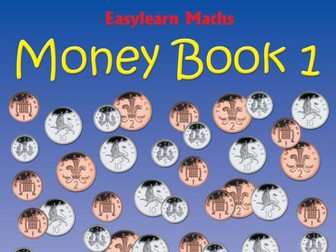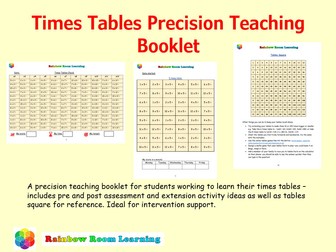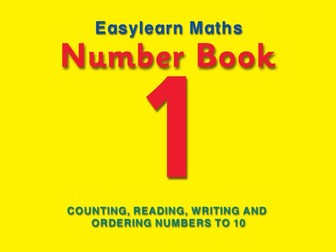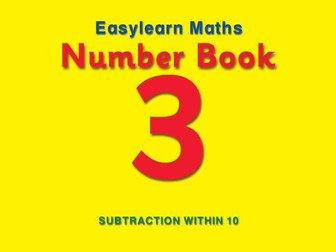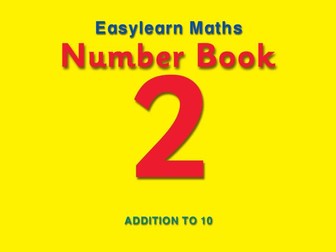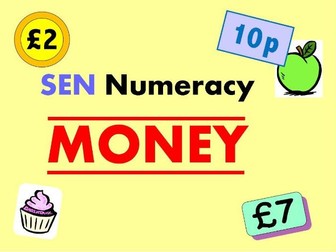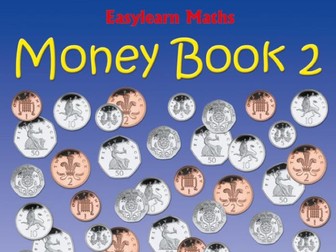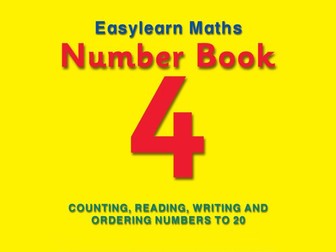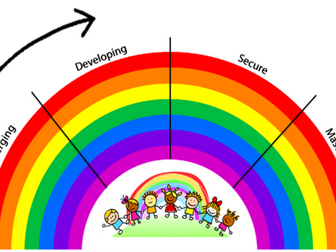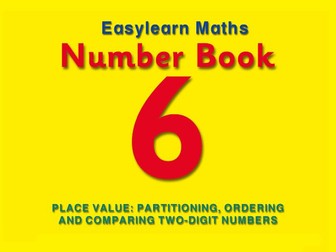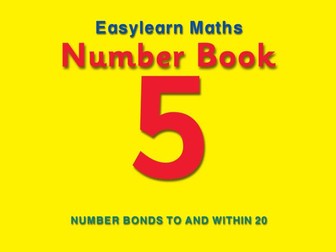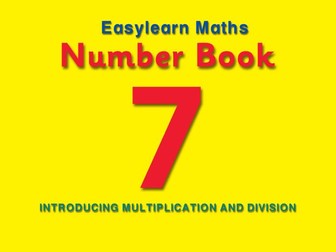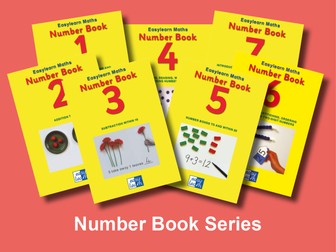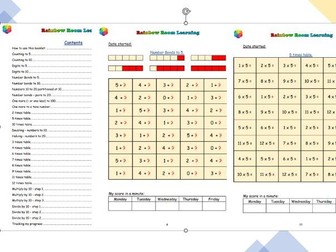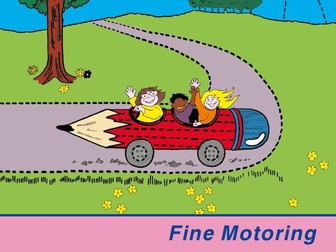
MONEY BOOK 1
The two Money Books complement practical money work and are excellent for use as consolidation material when pupils are learning to solve problems involving money. This book looks at recognising, sorting and counting coins, using and calculating amounts of money up to 10p, finding exact sums to pay for items up to 10p, and giving change to 10p. There is a wide range of interesting tasks to achieve understanding. Reading is kept to a minimum but important mathematical vocabulary is included. The 55 pages have plenty of practice for those who need it. For £ Sterling only. One further book available, dealing with money work up to 50p. Previously sold through Easylearn.
